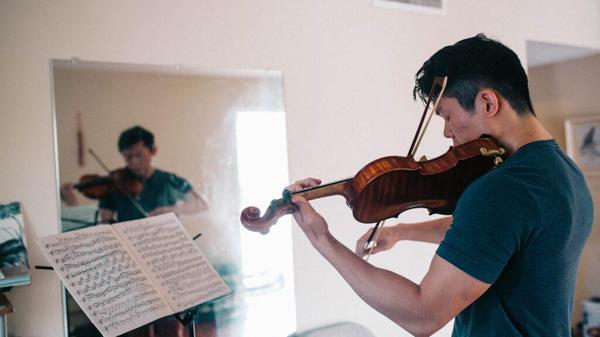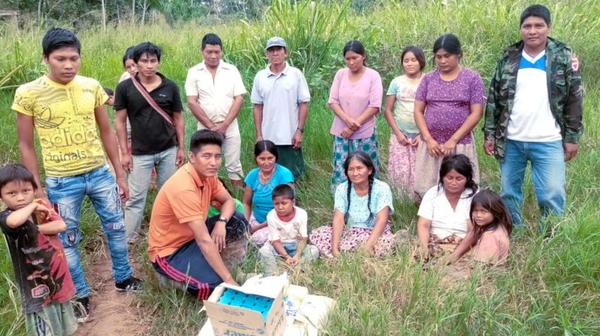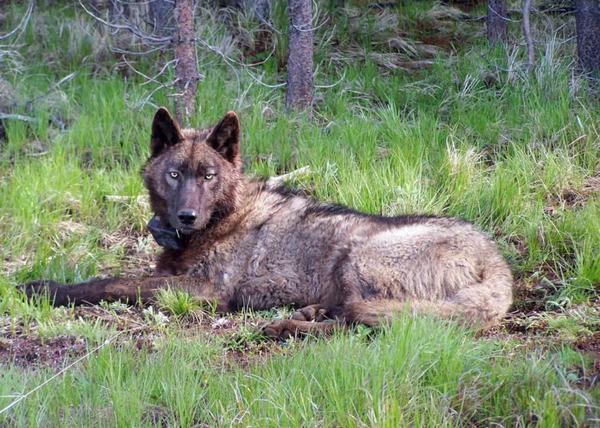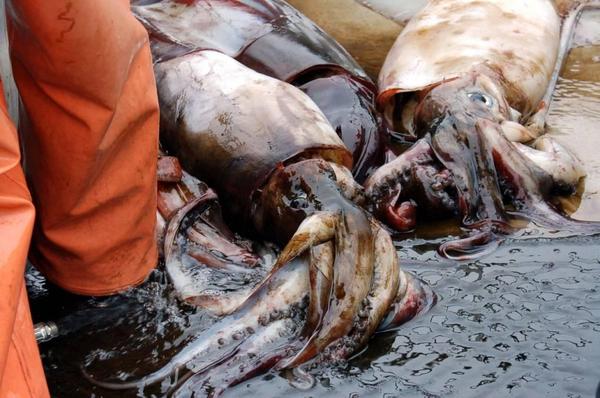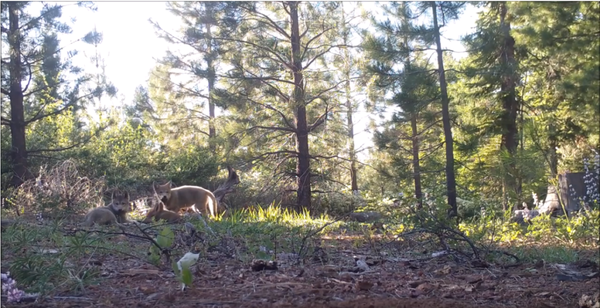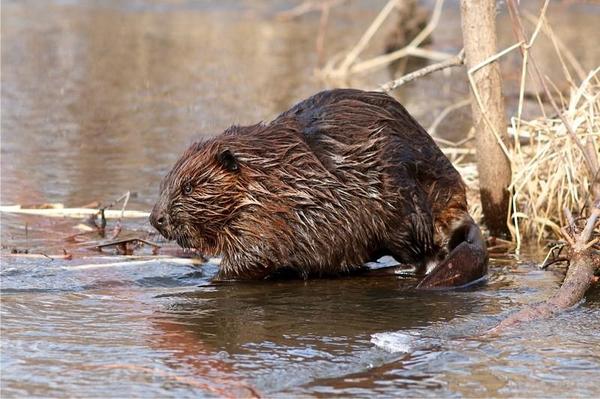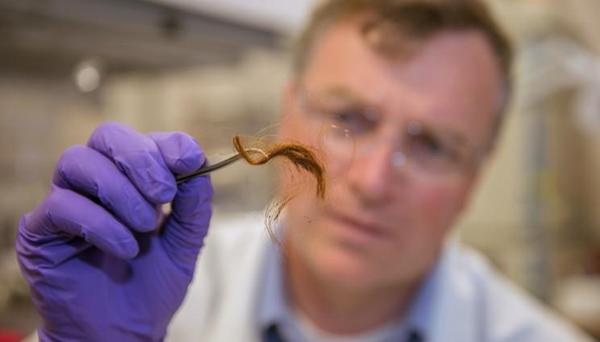
Being a patient can be a full-time job. This ICU nurse wants to make it easier
Michael Anne Kyle had just begun her Ph.D. in health policy and management at Harvard Business School when her friends started complaining about the health care system.
Many of them were having children for the first time, and they’d never been to the doctor so much in their lives. They’d text Kyle, who is also an ICU nurse, with gripes. “I missed a whole day of work for a ten-minute visit,” they’d say, or, “I spent all this time on hold. Is this normal?” Once she started asking, it seemed e...
Many of them were having children for the first time, and they’d never been to the doctor so much in their lives. They’d text Kyle, who is also an ICU nurse, with gripes. “I missed a whole day of work for a ten-minute visit,” they’d say, or, “I spent all this time on hold. Is this normal?” Once she started asking, it seemed e...

